|
Although the name might be deceiving, you do not have to be a professional scientist or even come from a scientific background to become a citizen scientist. Citizen scientists are vital components to understanding the decline of Monarch populations and much of what has been learned about the Monarch butterfly is the result of citizen science projects. It's quite easy to become a citizen scientist and help the vanishing Monarch butterflies. What are you interested in learning? Are you interested in tracking the Monarch migration? monitoring overwintering sites? identifying Milkweed plants? understanding Monarch health? or simply enjoying nature while counting butterflies? There are projects just like this out there! 1. Choose a ProjectFind a project that calls to you. If you are in the path of the Monarch migration or located near an overwintering site, your data is especially important. Check this list of Monarch and butterfly conservation projects to pick one suited to your area and interests. Since you already know how to identify Milkweed, you could participate in the Western Monarch Milkweed Mapper project! Even if you aren't in the path of the migration, there are still many projects out there and eButterfly is a great place to start. Monarchs are not the only Lepidoptera in trouble and you can find other projects on iNaturalist. 2. Don't forget to include the next generation of citizen scientists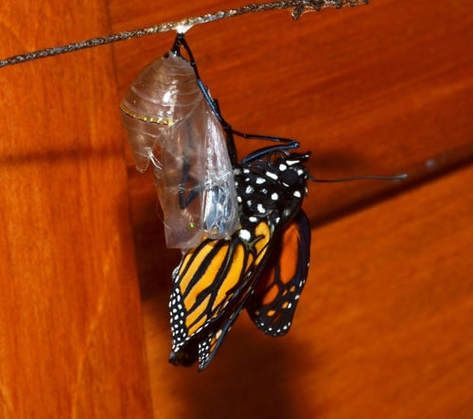 Get the kids involved! There are lots of fun activities that the kids can enjoy while contributing to the well-being of the Monarchs. One way to get children interested is by rearing monarchs at home or in the classroom. Learn how to rear Monarchs here. Other classroom projects include tagging monarchs, monitoring larvae, recording monarch health, and counting Milkweed plants. 3. Download a citizen science app on your phone to record resultsThere are free citizen science apps such as this and this available for you to easily track and reports spring and fall migrations. These apps allow you to report your sightings from the field while viewing maps, taking pictures and leaving comments. It is a great way to stay connected to your fellow conservationists and nature lovers! Remember, there's nothing wrong with doing it the old-fashioned way and recording your results on a notebook then inputing your data when you get home. 4. Get the community involvedHost a Bioblitz or tagging event in your community! Ask around to find a place to host such as a local park, school, community center, or public library.
A bioblitz is a citizen-science collaborative effort to find and record as many species within a specific area and in a specific time period as possible. It is a fun way to engage the public while connecting with nature and also contributing to conservation efforts. You could also host a "tag and release" event for all ages! Monarch tagging kits are available here. Partner up with local organizations to host a fun event to help the Monarchs and don't forget to invite all your friends and neighbors!
5 Comments
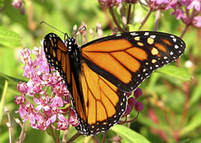 You may have read in my last blog post that becoming a citizen scientist is one important way that you can help the Monarchs. There are many projects dedicated to monitoring Milkweed populations and they are in of need citizen scientists such as yourself! One way to becoming a citizen scientist is to participate in a Milkweed monitoring survey. This requires you to be able to identify the Milkweed in your area. Luckily, Milkweed is very easily identifiable by its flowers and fruits. With just a few simple hints, you will be able to find and confidently identify Milkweed. Even if you aren't positive on the species, many surveys are just looking for general Milkweed plant populations. The Patterns Method I highly recommend the "patterns method" of identifying plants that Thomas Elpel covers in his book Botany In a Day. It is a quick and fun way to learn how to identify hundreds of plants in a short amount of time. Botanists and taxonomists have created a filing system based on these patterns. Once you can identify these key similarities in a plant family, you are able to identify the species of the plant much faster. Image from Thomas J. Elpel's Botany in a Day For instance, plants in the milkweed family, Asclepiadaceae, (don't let the name intimidate you), secrete a milky sap (except for Butterfly Milkweed) and opposite or sometimes whorled leaves. There are 5 separate sepals (petal-like leaves) and 5 fused petals. The corona (circle of petals around the center of the flower) contains 5 hooded forms facing inwards. Inside the corona there are 5 stamens (male parts) fused to the ovary (female part). The pods are filled with many seeds with silky tufts. Flowers
Fruits
Milky Sap
Butterfly Milkweed- Asclepias tuberosa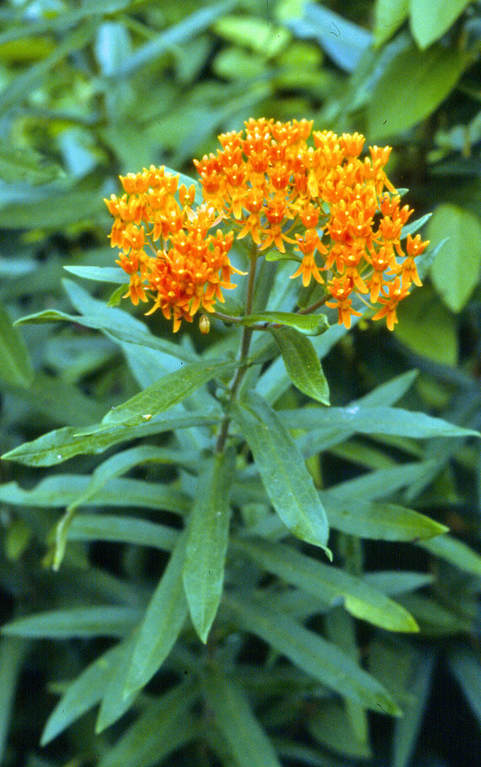 Stem: 20 to 60 cm tall. Flowers: bright orange-yellow, arranged in umbels. Leaves: alternate on the stem (not opposite each other), lance-shaped, 5 to 10 cm long, smooth on top and downy beneath. Habitat: limestone soils, open, rocky, dry sites. Does not tolerate shade. Unique feature: no milky sap. Butterfly milkweed (Asclepias tuberosa). Photo by Larry Stritch. Swamp Milkweed- Asclepias incarnata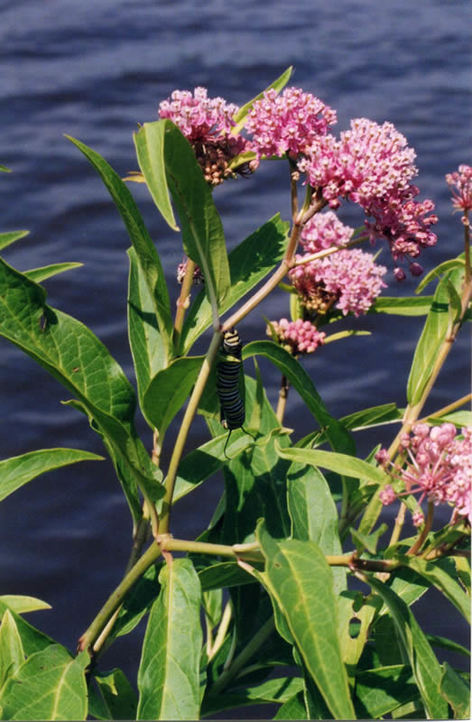 Stem: Downy (hairy), from 60 to 200 cm tall. Umbels: Red or purplish-pink. Leaves: Narrow, tapered, 4 to 17 cm long, arranged in opposite pairs. Fruits: Long, narrow and smooth follicles, changing colour from green to brownish. Habitat: Wetlands. Also found in swamps, ditches and near streams, rivers and lakes. Population: Often scattered – does not form dense colonies. Swamp milkweed Photo courtesy of Jennifer Anderson, USDA-NRCS PLANTS Database. Common Milkweed- Asclepias syriaca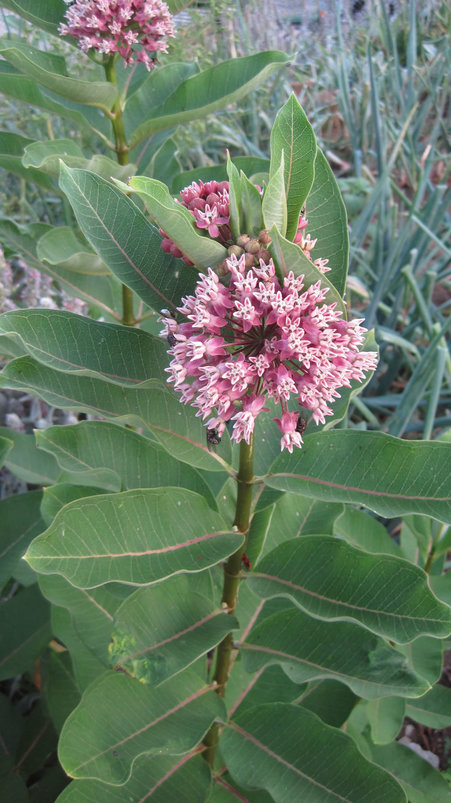 Stem: downy, usually single, 90 to 120 cm tall. Underground stems. Leaves: broad and thick, 10 to 20 cm long, arranged in opposite pairs on the stem and with pubescent undersides. Flowers: pale pink or violet, arranged in almost spherical umbels. Fruits: large spindle-shaped fruit, bumpy, rough and downy. Habitat: poor, dry soil, disturbed, sunny sites. Whole plant with flowers. Photo by David Taylor. Showy Milkweed- Asclepias speciosa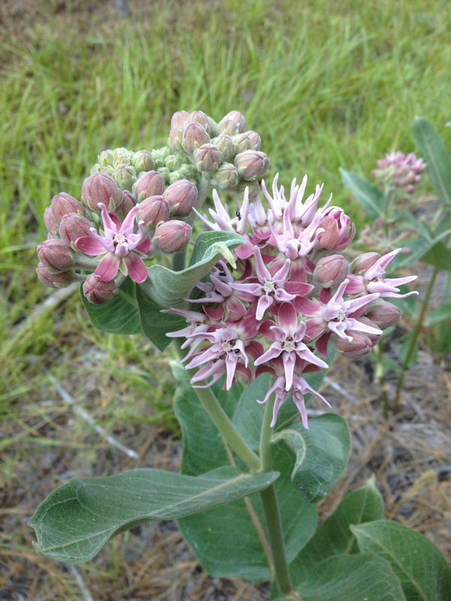 Stem: 45 to 200 cm tall, velvety or pubescent (hairy). Flowers: Pale pink, arranged in umbels. The corona hoods are long (9 to 13 mm) and lance-shaped, making the flowers look like stars. Leaves: Opposite, 10 to 25 cm long, smooth or slightly downy. Habitat: Well-drained soil, sunny sites, pastures, forest edges,untilled fields, roadsides, ditches. Showy milkweed (A. speciosa). Photo: Sarina Jepsen/Xerces Society Resources
Elpel,Thomas-Botany in a Day http://www.wildflowers-and weeds.com/Plant_Identification/Patterns_in_Plants.htm Mission Monarch- Milkweed sheet Monarch Mission. http://www.mission-monarch.org/wpcontent/uploads/2017/07/FICHES_ASCLE%CC%81PIADE_ANG_FINAL.pdf Thomas G. Barnes, hosted by the USDA-NRCS PLANTS Database / Barnes, T.G., and S.W. Francis. 2004. Wildflowers and ferns of Kentucky. University Press of Kentucky. USDA Forest Service. Plant of the Week. https://www.fs.fed.us/wildflowers/plant-of-the-week/asclepias_syriaca.shtml |
AuthorRebecca Chandler Archives
March 2024
Categories |

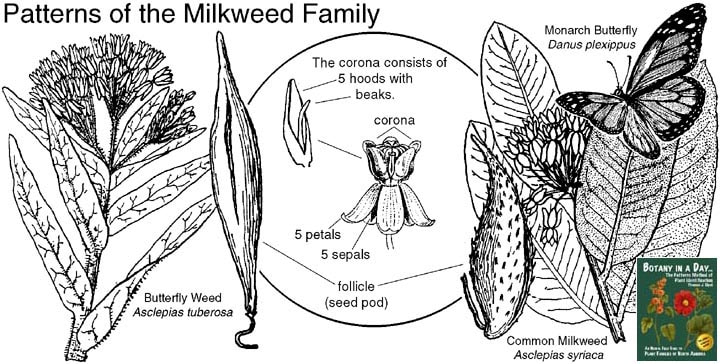
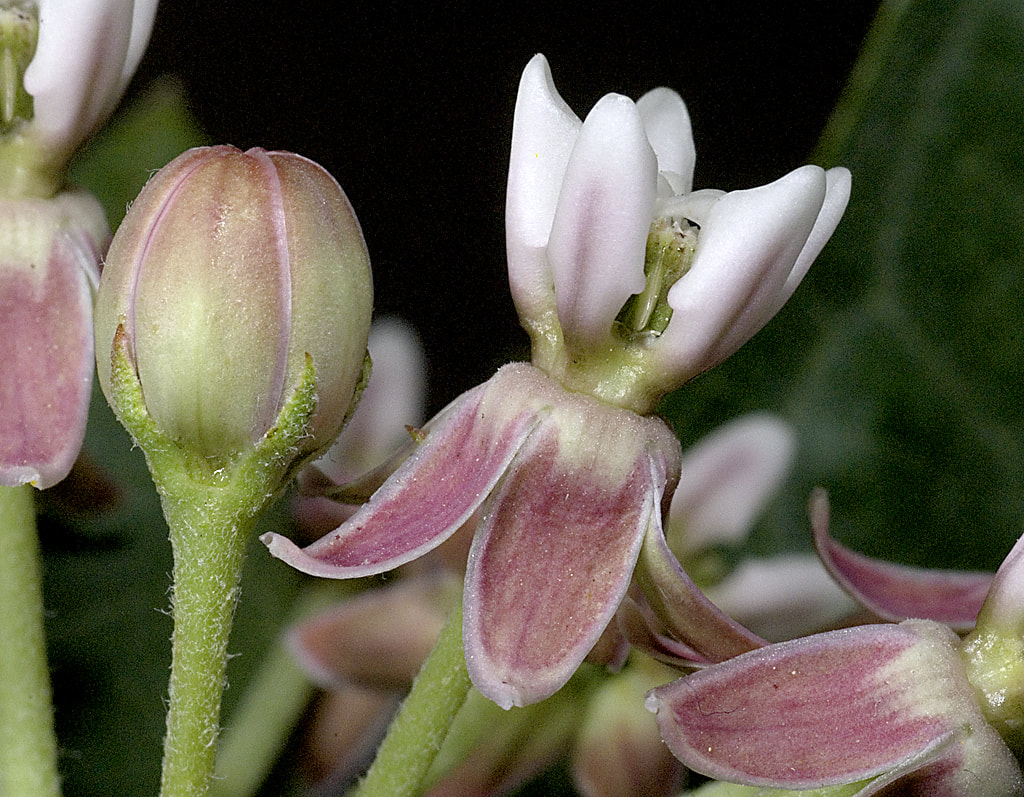
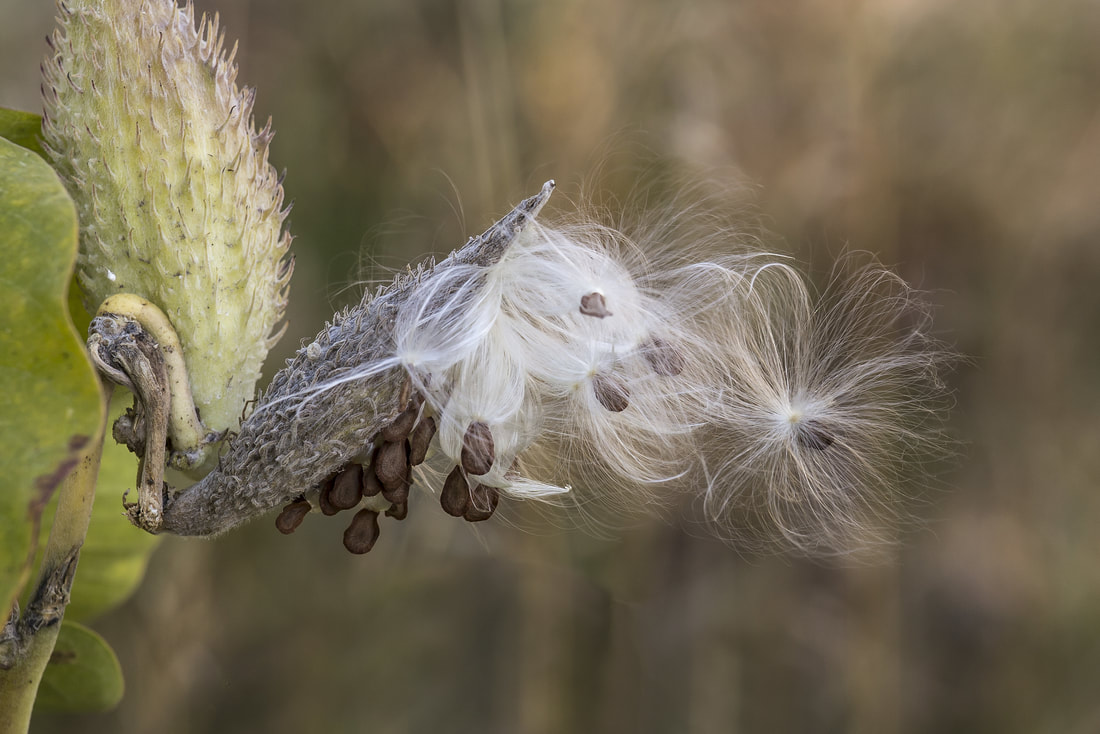
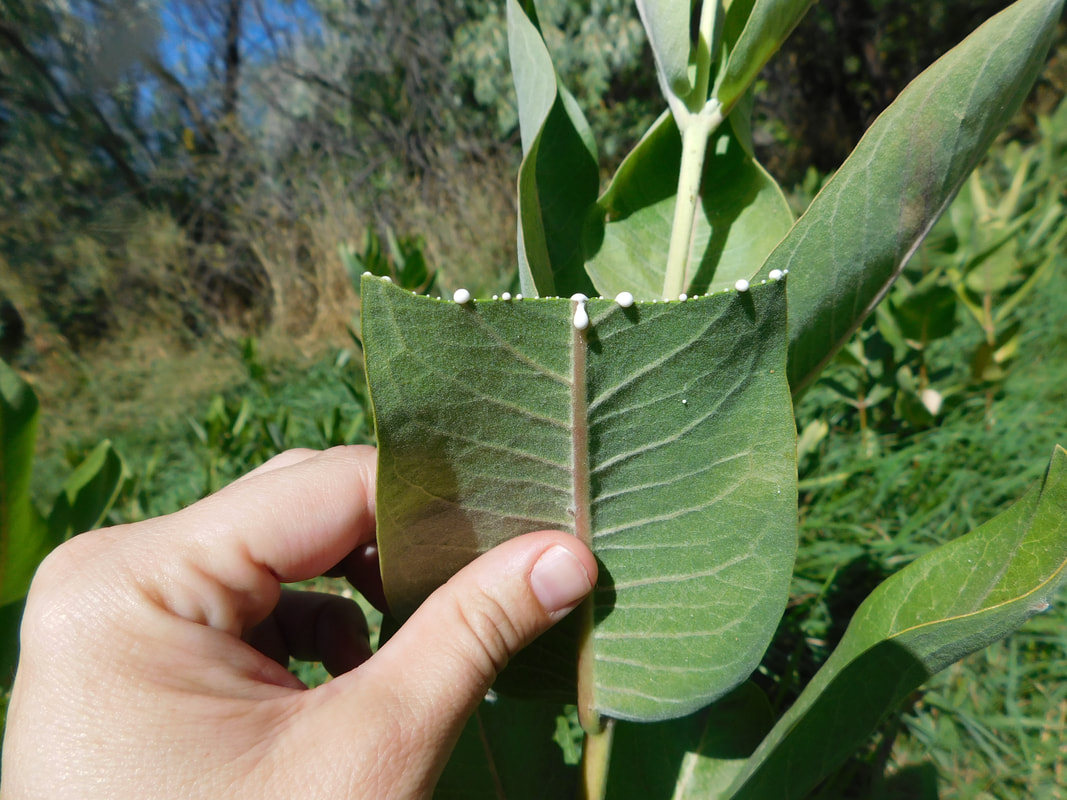
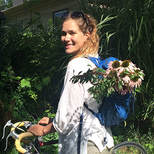
 RSS Feed
RSS Feed